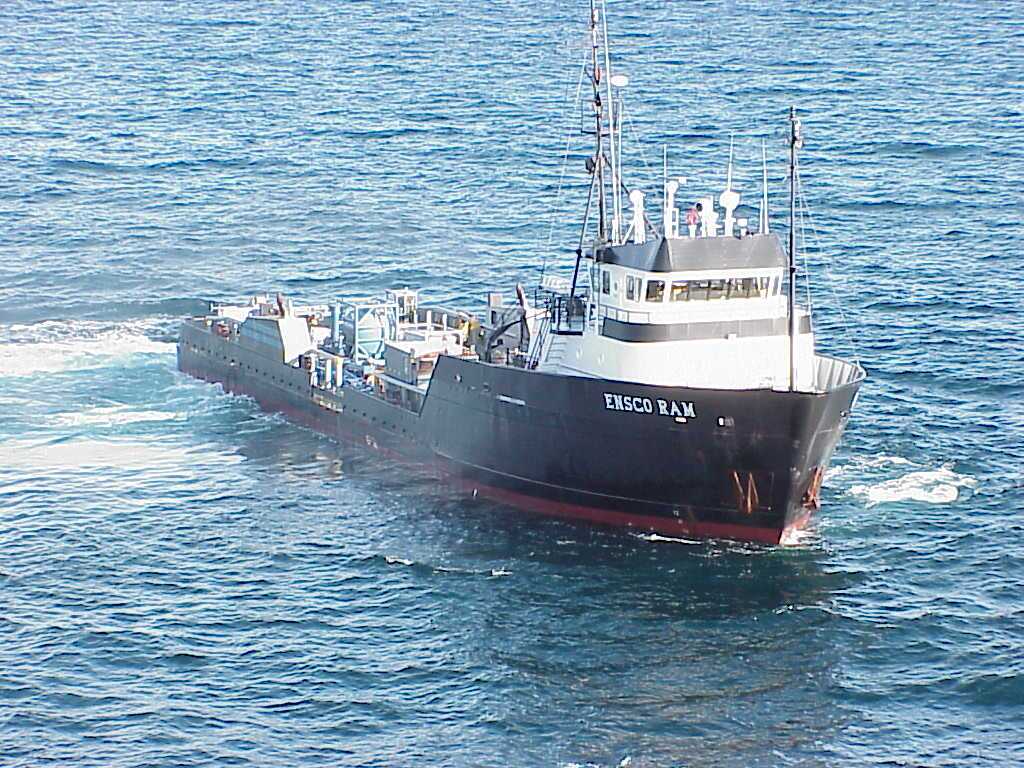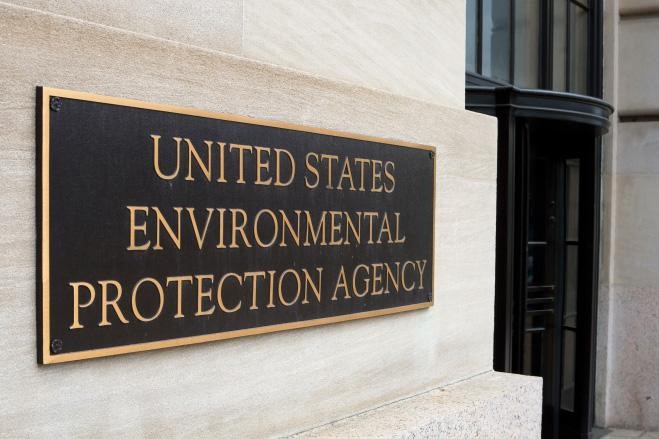
Enhancing Safety in Plant Engineering Operations
Plant engineering drives innovation and progress across various sectors in the dynamic landscape of industrial operations. Yet, in the relentless pursuit of efficiency and productivity, emphasizing the critical need for safety measures becomes imperative. It extends beyond a mere legal obligation, evolving into a profound moral responsibility that safeguards the workforce and the environment. The seamless integration of safety protocols becomes crucial at every level, prioritizing human life protection and diligently avoiding collateral damage.

In this article, we delve into the critical role of safety in plant engineering and explore how a multidisciplinary engineering partner can help develop a robust framework to safeguard operations.
Safety Measures in Plant Engineering
- Human-Centric Safety Protocols: In an era dominated by technological advancements, it’s crucial not to lose sight of the human element while implementing safety measures that resonate with the experiences and instincts of plant personnel. This ensures a more effective safety culture that would involve tailored training programs, regular drills, and fostering a proactive mindset among employees.
- Integrated Risk Management Systems: Instead of relying on off-the-shelf risk assessments, plant engineers are increasingly adopting integrated risk management systems. Advanced analytics utilize real-time data to enable organizations to identify potential hazards while assess their impact scenarios, and offering proactive efforts to address vulnerabilities before they escalate into safety concerns. With the application of advanced analytics by utilizing real-time data the organizations can identify potential hazards, assess their impact, and proactively address vulnerabilities before they escalate into safety concerns.
- Customized Automation for Safety Enhancement: While automation is a staple in modern plant engineering, a key differentiator lies in customizing automated processes for safety enhancement. This involves integrating modern technologies like Artificial Intelligence to not just improve efficiency but even for predictive maintenance, early anomaly detection, and dynamic adjustments to prevent potential accidents.
- Holistic Emergency Response Planning: Beyond the standard emergency response protocols, an effective safety strategy involves holistic planning. This would include scenario-based drills and communication simulations. Further the integration of advanced technologies, such as drones for rapid assessment and augmented reality enables on-the-spot guidance during potential emergencies.
Effective Ways To Improve Safety In Plant Engineering
Risk Assessment:
- Identifying Potential Risks: Conduct a thorough assessment to identify potential hazards associated with plant safety engineering processes, machinery, and materials.
- Analyzing Risks Quantitatively: Utilize quantitative risk assessment methods to evaluate and prioritize identified risks, ensuring a systematic approach to risk management.
- Engaging Diverse Expertise: Involve experts from various engineering disciplines in the risk assessment process to gain diverse perspectives and insights.
Developing a Safety Culture:
- Demonstrating Leadership Commitment: Foster a safety-centric culture by ensuring strong leadership commitment to safety at all organizational levels.
- Encouraging Employee Involvement: Promote active participation and input from employees, fostering a sense of responsibility and ownership for safety within the workplace.
- Establishing Effective Communication Channels: Create effective communication channels to disseminate safety information, policies, and updates throughout the organization.
Implementing Safety Management Systems:
- Developing Clear Policies: Create clear and concise safety policies that align with industry standards and regulations, outlining expectations and procedures.
- Establishing Incident Reporting and Investigation Procedures: Implement a robust system for reporting and investigating incidents promptly, allowing for continuous improvement in safety measures.
- Conducting Regular Audits: Perform regular safety audits and inspections to assess the effectiveness of the safety management system and identify areas for improvement.
Utilizing Safety Technology:
- Integrating Advanced Monitoring Systems: Implement advanced monitoring systems, such as sensors and IoT devices, to continuously track and analyze safety parameters in real-time.
- Automating Hazardous Tasks: Integrate automation for tasks involving high risks, minimizing human exposure to potential dangers and improving overall safety.
- Virtual Reality (VR)-based Training: VR technologies with specifically designed /simulated environment offer visualization to experience and respond to various hazardous scenarios by offering immersive safety training programs.
Nurturing Safety Innovation:
- Conducting Pilot Projects for New Solutions: Implement pilot projects to test and evaluate innovative safety solutions before full-scale implementation, ensuring feasibility and effectiveness.
- Collaborating with Industry Innovators: Establish partnerships with industry innovators and research institutions to stay abreast of cutting-edge safety technologies and best practices.
Assessing Safety Performance:
- Defining Key Performance Indicators (KPIs): Define key performance indicators (KPIs) to measure the effectiveness of safety initiatives and evaluate the organization’s safety performance.
- Conducting Periodic Safety Reviews: Review safety processes, policies, and incident data periodically to identify trends, areas of improvement, and opportunities for optimization.
- Engaging External Audits: Involve external safety experts for impartial audits and evaluations, providing an objective perspective on the organization’s safety practices.
Additional Considerations:
- Developing Comprehensive Training Programs: Implement comprehensive training programs to ensure that all employees are well-versed in safety protocols and procedures.
- Establishing Emergency Response Plans: Create detailed emergency response plans to address potential crises swiftly and efficiently, minimizing the impact of unforeseen incidents.
- Conducting Regular Safety Meetings: Facilitate regular safety meetings to encourage open communication, share lessons learned, and address emerging safety concerns raised by employees.
- Continuously Benchmarking Industry Standards: Stay informed about industry best practices and benchmarks, incorporating relevant improvements into the safety framework to remain at the forefront of safety standards.
- Implementing Employee Feedback Mechanisms: Establish mechanisms for employees to provide feedback on safety concerns, near misses, and potential improvements, fostering a culture of continuous improvement and shared responsibility.
Role of a Multidisciplinary Engineering Partner in Implementing Safety Measures for Plant Engineering
A proficient engineering company like Rishabh Engineering with expertise in various disciplines would play a crucial role in implementing safety measures for plant engineering operations. By leveraging their extensive experience across diverse engineering fields, they would actively contribute to enhancing safety in industrial set-ups.
Listed below are the key components of safety measures in plant engineering,
Safety Studies:
In the realm of comprehensive safety studies, a multidisciplinary engineering firm assumes a central role in ensuring the resilience and reliability of industrial processes.
This safety-oriented approach encompasses;
- Hazard Identification (HAZID),
- Hazard and Operability (HAZOP),
- Quantitative Risk Assessment (QRA),
- Safety Integrity Level (SIL),
- Adherence to Occupational Safety and Health Administration (OSHA) standards.
Studies like HAZID and HAZOP help identify potential deviations and hazards during the planning stages. It is based on a comprehensive analysis of plant’s design and operations. Further, the quantitative approach of QRA provides a nuanced understanding of potential risks associated with industrial activities.
SIL assessments, crucial for ensuring the reliability of safety instrumented systems, demand a nuanced understanding of various engineering disciplines. A multidisciplinary engineering team implements an overall safety framework with meticulous attention to adherence to OSHA standards and local firefighting norms, ensuring regulatory compliance and optimizing safety protocols. Importantly, the consideration of safety distances between facilities is crucial to prevent incidents from escalating. A multidisciplinary engineering company excels in integrating these considerations into safety studies while fostering a robust safety culture and minimizing the risk of accidents. This would ensure that safety studies go beyond regulatory compliance while actively contributing to creating safer industrial environments.
Holistic Risk Assessment:
Collaborating with a multidisciplinary engineering firm provides a primary advantage in conducting a comprehensive risk assessment. These specialists from various engineering disciplines enable a thorough evaluation of potential hazards. It would ensure that safety measures effectively address the potentially known risks while anticipating and mitigating unforeseen challenges.
Finally, ensuring the safety of individuals, surroundings, and communities is our paramount concern at Rishabh Engineering. Safety is seamlessly integrated into our design process, taking precedence throughout every project’s planning, design, and construction stages. Our dedicated focus is on protecting properties from potential risks, whether natural or manufactured, as this safeguarding is indispensable for the project’s success. It can be divided into the following parts: Process Safety, Operation Safety, and Personal Safety. Read this blog to learn about the essential safety considerations for design engineering.
Final Words
With plant engineering, incorporating safety measures goes beyond a mere regulatory requirement; it is a strategic necessity. And, neglecting safety can have severe consequences that would pose risks to human lives while harming the environment, and destroying the organization’s reputation. Further, engaging with a multidisciplinary engineering services company would prove to be an effective measure to strengthen the safety framework of your industrial plants. Their expertise, interdisciplinary approach, and dedication to innovation make them valuable collaborators in the pursuit of operational excellence and safety in plant engineering. As industries progress, the interdependence between safety measures and multidisciplinary engineering partnerships will increasingly shape a secure and sustainable future for plant engineering.
Looking to Safeguard Your Engineering Operations?
We can help develop and implement safety measures while prioritizing human life, environmental sustainability, and operational excellence.
Related Blogs
Related Blogs
Meet Rishabh Engineering at ADIPEC 2012 for Potential Partnerships in Engineering Support Solutions
Rishabh Engineering, a multi-disciplinary engineering support division of Rishabh Software,…
Norway Opens New Arctic Area to Oil Drilling While U.S. Drilling Drops & Canadian Drilling Increases
Recently, the Parliament of Norway voted to open up a…


